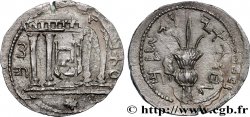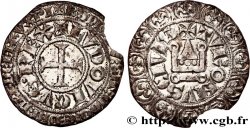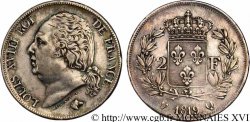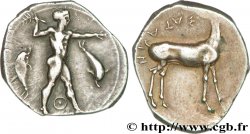Live auction - bgr_966240 - JUDAEA - SECOND REVOLT - BAR KOKHBA Denier (zuz)
得先注册又得到批准才可以报价。为了报价注册. 客户应该得到公司允许,那种过程需要 48 个小时。别等出售结束那一天才登记。您报价的话等于您赞成买那物品,而且按« 保价 » 证明您接受 cgb.fr 因特网拍卖使用法.
报价时只可以出全数值欧元总额。物品描述也说明销售结束时间,结束后出价都不会生效。 报价命令转达有时变动,等到最后秒钟增加否决的可能会。想多了解的话请注意 因特网拍卖常问
最高出价方将支付18%的不含税的拍卖费用
最高出价方将支付18%的不含税的拍卖费用
| 估算 : | 1 800 € |
| 价格 : | 1 000 € |
| 最高出价 : | 1 100 € |
| 拍卖结束日期 : | 10 December 2024 14:20:00 |
| 竞拍人 : | 1 竞拍人 |
种类 Denier (zuz)
日期: an 3
铸币厂名称/城市 Jérusalem, Judée
材质 silver
直径 19 mm
模子方针 7 h.
重量 3,50 g.
稀少度 R2
关于品相的说明
Très bel exemplaire, centré, avec des faiblesses. Joli revers. Patine grise avec de légers reflets dorés
正面
正面的文字 INSCRIPTION HÉBRAÏQUE.
正面的说明书 Grappe de raisin sur sa pampre.
正面的翻译 (Shimon).
背面
背面的文字 INSCRIPTION HÉBRAÏQUE.
背面的说明书 Vase ; devant, une palme.
背面的翻译 (Pour la Liberté de Jérusalem).








 对产品描述纠错
对产品描述纠错 打印
打印 分享我的选择
分享我的选择 提问
提问 Consign / sell
Consign / sell
 产品介绍
产品介绍











